Sleep Apnea
Sleep apnea is a potentially serious sleep disorder, which affects primarily those who are overweight. What are the indicators of this condition and what can you do to overcome it and create a better quality of sleep for yourself?
What is sleep apnea?
Sleep apnea is a condition which causes you to stop breathing temporarily throughout the night. There are two slightly different forms of sleep apnea:
- Obstructive (OSA) – in which the wind pipe, carrying air to the lungs gets intermittently blocked during the night.
- Central – which means that the trigger in the brain that controls breathing stops working from time to time during the night.
OSA (Obstructive Sleep Apnea) is most commonly associated with CFS (Chronic Fatigue Syndrome) and FMS (Fibromyalgia). Because the airway collapses many times during the night, the sufferer gets deprived of necessary oxygen and is frequently roused from a deep sleep into a light sleep. Both factors contribute to a poor night’s sleep.
OSA means that the sufferer virtually suffocates many times each night. In a lying down position, the person’s airway becomes blocked, and this causes oxygen levels in the blood to drop. In response, the person wakes up enough to contract their throat muscles, the airway opens and air rushes in with a loud gasping sound. This pattern is repeated at various intervals during the night. Although most sufferers are not aware of sleep apnea, because they never fully waken, their partners will most likely be disturbed by it.
OSA causes daytime sleepiness and it has been estimated that patients with severe sleep apnea have an increased risk of auto accidents because they tend to fall asleep while driving. For this reason alone, you should have any case of possible OSA investigated. In addition, there is a risk of heart and lung damage from untreated OSA.
What are the signs and symptoms of sleep apnea?
Quite often the person suffering from OSA (sleep apnea) will be unaware of the drama that is going on with their breathing night after night. Here are some of the signs and symptoms:
- You wake in the morning feeling sleepy, with brain fog and poor concentration. These symptoms alone aren’t enough for a diagnosis (as they could be caused by other conditions). Nevertheless, taken with the other factors below, they would warrant testing for OSA.
- Being overweight (particularly having a neck circumference of more than 17 inches). Often the metabolic disturbances caused by CFS and fibromyalgia create weight gain, which is then followed by OSA.
- Having high blood pressure (hypertension) in contrast to the low blood pressure associated with UARS (Upper Airway Resistance Syndrome).
- Having a genetic predisposition to the condition i.e. other family members with it.
- You disturb your partner at night with a loud gasping sound and snoring.
- You have a history of falling asleep in the daytime.
The diagnosis for sleep apnea is confirmed in an overnight sleep study test. During this test, an EEG (electroencephalogram) measures your brain wave patterns, which modulate throughout the night [Please seeStages and Cycles of Sleepfor more detail on these patterns].
EEG will tell you how long you take to get to sleep and how many actual hours of sleep you get. Your respiratory flow will be measured to see if and when your oxygen levels are dropping. They will also be able to check for RLS (Restless Leg Syndrome) and UARS as well.
Although this test is expensive (upwards of $2,000) it may well be worth it, especially if you opt for a split-night study. This means that the first half of the night will be spent looking for clinical evidence of sleep apnea. If sleep apnea is found, you will spend the second half of the night with a mask attached to a CPAP (Continuous Airway Pressure Machine), which will blow air gently into your throat and keep your airway from collapsing. Although the sleep lab is likely to recommend that you cease all medication before the sleep study, this may not be the best idea. If you are currently on medication, then stopping it may cause you sleeplessness anyway. A sleep lab isn’t the easiest place to fall asleep and if you don’t sleep, the test is wasted.
Another way you can check for sleep apnea is to videotape yourself while sleeping. You could rule our UARS (if you’re not snoring, or not snoring much) and RLS (if your legs are not moving around much).
What are the treatments for sleep apnea?
There are three main treatments: behavioral, pharmacologic and mechanical. It is probably best to start with the behavioral first before progressing (if needed) to the more invasive treatments later.
Behavioral
Since being overweight is one of the major causes of OSA, weight loss is one of the best ways to treat it. Cutting back on carbohydrate and protein can be helpful as are the drugs which are used to help treat CFS/FMS. These include: dextroamphetamine (Adderall, Dexedrine), thyroid hormones and some antidepressants.
If you have videotaped yourself, try to avoid sleeping in the position which causes sleep apnea (often this is on your back). As a simple measure, sew a golf ball into the mid-back of your pajama shirt. This will force you to sleep on your side or front.
Pharmacologic
There are no successful drugs specifically for sleep apnea, except the ones that contribute to weight loss. Supplemental oxygen can also be useful, especially at higher altitudes.
Mechanical treatments
Some devices have been developed that alter the contours of the throat so as to prevent the airway from collapsing. Some are orthodontic and others are more mechanically based, such as the CPAP (Continuous Airway Pressure Machine).
Other possibilities include surgical reshaping of the throat, which has had limited success with sleep apnea. This involves removing the tonsils, and surgically trimming the soft palate and the back of the throat.

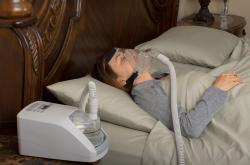

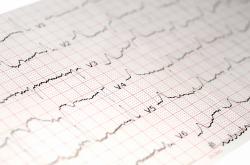
.jpg)
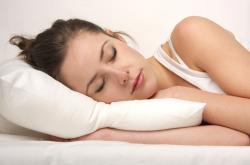


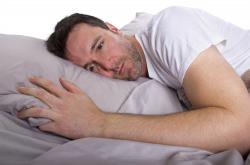





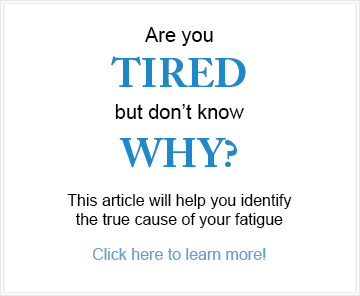

Leave a comment